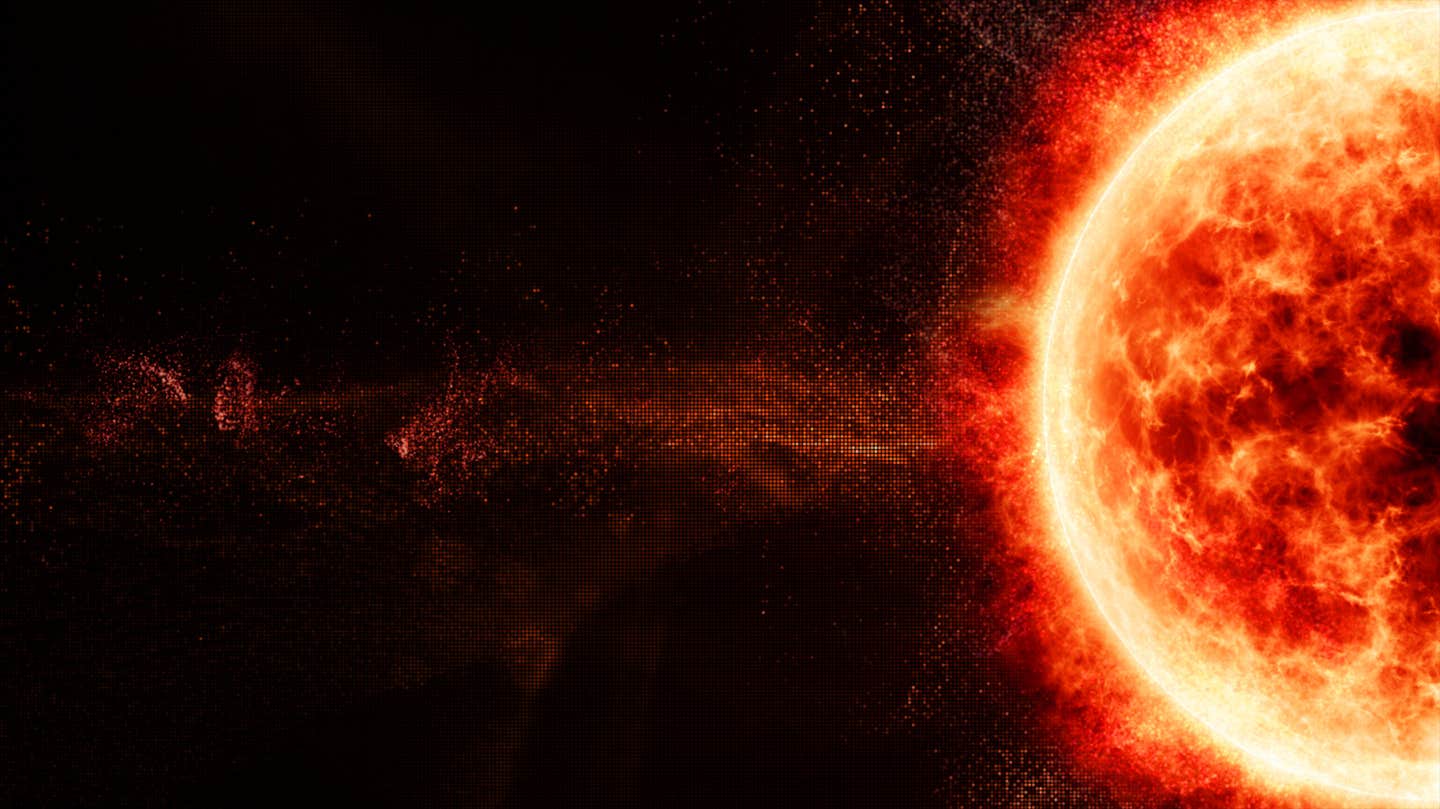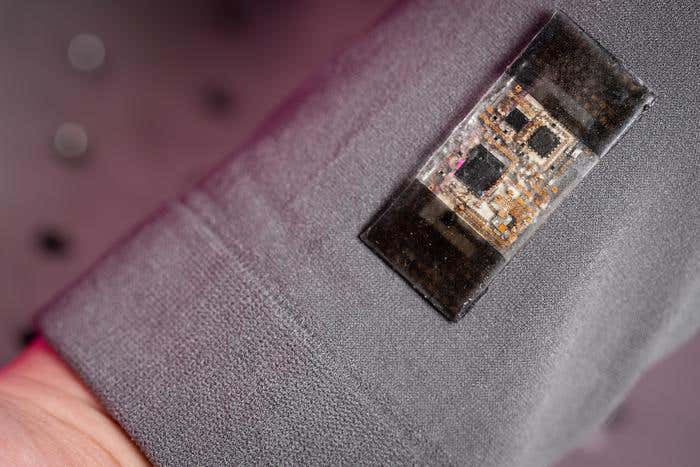UCSD physicists develop efficient way to decode quantum systems
Scientists have introduced robust shallow shadows, a method that reduces noise and improves efficiency in quantum state measurement, advancing the future of computing.

Robust shallow shadows improve quantum state measurements, cutting noise and boosting accuracy in real-world quantum systems. (CREDIT: Shutterstock)
It has never been straightforward to probe the secrets of quantum systems. Quantum systems are powerful but extremely hard to measure.
The traditional methods require astronomical resources, making them infeasible for most large-scale applications. To make progress, researchers need techniques that extract accurate information without draining time and computational resources.
That's where a new breakthrough, known as robust shallow shadows, comes into play. The method, developed by physicists at UC San Diego with support from IBM Quantum, Harvard, and UC Berkeley, holds the promise of a faster and more accurate way of peering into the hidden world of quantum states. The study was led by Associate Professor of Physics Yi-Zhuang You.
Throwing shadows to examine quantum systems
Think of trying to figure out the shape of a complex object without opening it. By shining light from different angles, the shadows provide clues about the shape inside. Quantum scientists do essentially the same thing, just with math and carefully designed measurements.
The earlier approach, called classical shadows, allowed for the prediction of numerous properties of quantum states based on a few measurements. It worked well enough for some tasks, specifically in the analysis of simple or low-weight observables.
It did not work well for nonlocal observables, where the relations span many particles at once. To improve outcomes, researchers began using shallow random quantum circuits before measurement.
These circuits provided efficiency for low-rank properties and heavy observables. There was a catch, however—noise. Quantum circuits are prone to errors, and these errors biased the outcomes of the measurements.
How robust shallow shadows work
The novel approach takes advantage of Bayesian inference to fight the problem of noise. Bayesian inference is a mathematical process that updates predictions whenever new information is provided. By combining it with shallow circuits, researchers can counteract errors created by real-world imperfections.
"Robust shallow shadows" not only measure the valuable information about quantum states but also actively learn how the noise affects the system. This allows errors to be corrected in postprocessing, leading to cleaner results. The method has theoretical guarantees that it can handle a wide range of noise processes, making it trustworthy for practical use.
Testing the method in real devices
The researchers demonstrated the method on a superconducting quantum processor, one of the most promising quantum computing hardware platforms. Robust shallow shadows consistently outperformed single-qubit measurements even under realistic noise.
This increase was manifested in measuring important properties like fidelity—how closely a quantum state resembles its desired shape—and entanglement entropy, a representation of how particles in a system are linked with each other in complex ways. By making more accurate predictions with fewer measurements, the technique proved its mettle in reliability and efficiency.
Why this matters for the future of quantum computing
Extracting information from quantum systems in an efficient way is part of building practical quantum technologies. Quantum computers ought to be capable of solving issues that are beyond the capabilities of classical machines, from drug design to simulating complex materials. Those machines are fragile, though, and any wasted effort wastes time.
By improving both accuracy and speed, robust shallow shadows allow quantum experiments to scale. They allow researchers to extract reliable information even in noisy hardware, a feature especially important for near-term quantum computers that do not possess full error correction.
The results project that robust shallow shadows will be a mainstay of quantum research before long. Instead of requiring an infinite number of measurements, scientists can now make fewer measurements and still get precise information. That means faster experiments, more stable outcomes, and a smoother path to practical applications of quantum information science.
As quantum computing expands, techniques like these will be essential. They provide the way to bridge the gap between the noisy, primitive devices and the large-scale quantum computers of the future.
Practical Implications of the Research
This breakthrough has wide-reaching implications for the future of quantum technology. It makes measuring and interpreting quantum data faster and more reliable, reducing the need for massive computational power. That efficiency could speed up research in materials science, chemistry, cryptography, and artificial intelligence—fields that rely heavily on accurate quantum modeling.
By making quantum experiments easier to scale and less vulnerable to noise, the method brings humanity closer to practical quantum computing—machines that could simulate molecular interactions, design new drugs, or optimize global systems in ways classical computers never could.
Research findings are available online in the journal Nature Communications.
Related Stories
- Scientists build first quantum device to measure volts, ohms, and amps together
- Quantum state of electrons measured for the first time ever
- Next-gen quantum thermometer revolutionizes how we measure heat
Like these kind of feel good stories? Get The Brighter Side of News' newsletter.
Mac Oliveau
Science & Technology Writer
Mac Oliveau is a Los Angeles–based science and technology journalist for The Brighter Side of News, an online publication focused on uplifting, transformative stories from around the globe. Passionate about spotlighting groundbreaking discoveries and innovations, Mac covers a broad spectrum of topics—from medical breakthroughs and artificial intelligence to green tech and archeology. With a talent for making complex science clear and compelling, they connect readers to the advancements shaping a brighter, more hopeful future.



